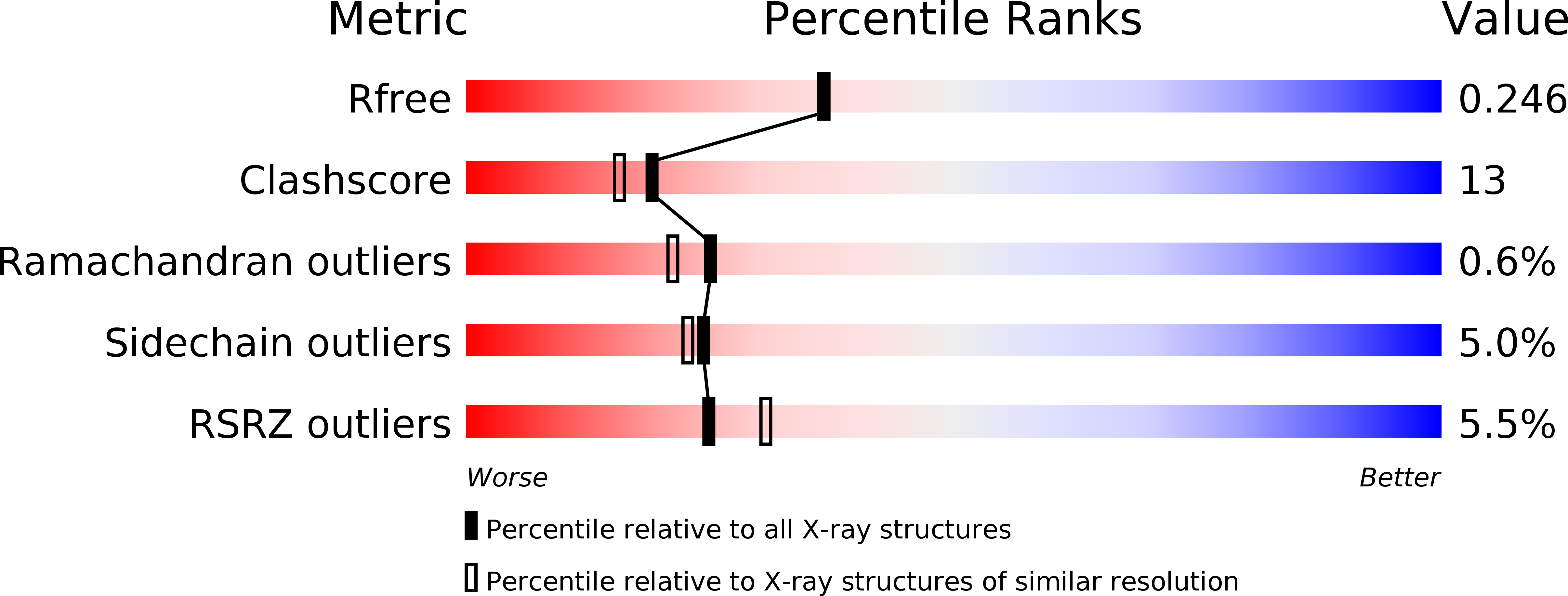
Deposition Date
2013-12-21
Release Date
2014-09-10
Last Version Date
2024-10-16
Method Details:
Experimental Method:
Resolution:
2.10 Å
R-Value Free:
0.24
R-Value Work:
0.22
R-Value Observed:
0.22
Space Group:
P 1


